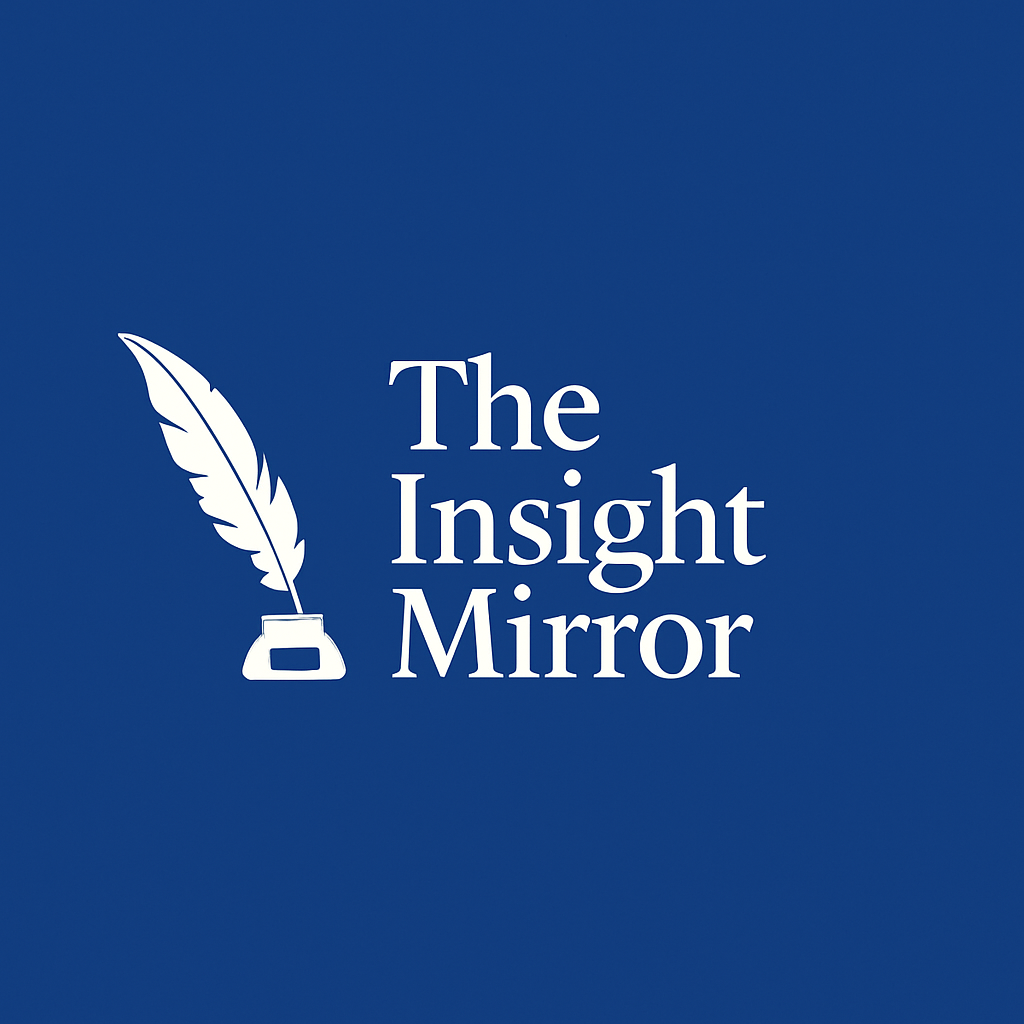The global business landscape is in a state of perpetual motion, but the velocity of change heading into 2025 is unprecedented. For leaders and innovators, navigating this new terrain isn’t about predicting the future—it’s about building businesses resilient enough to thrive in it. As we look ahead, a few powerful currents are converging to redefine markets, operations, and consumer expectations. Understanding these international business trends for 2025 is no longer a strategic advantage; it’s a survival imperative. From the pervasive influence of artificial intelligence to the non-negotiable demands of sustainability, here are the five key trends that will shape the year to come.
1. The AI Co-pilot: From Automation to Strategic Augmentation
Artificial Intelligence is no longer a futuristic concept—it’s a core utility. In 2025, the focus will shift from simple automation to AI-driven augmentation, where AI acts as a co-pilot for nearly every role within an organization.
- Generative AI as a Creative Partner: Expect generative AI tools to become deeply embedded in marketing, R&D, and content creation, drastically shortening ideation cycles. Businesses that train their teams to use these tools effectively will out-innovate competitors.
- Predictive Analytics for Proactive Decisions: From forecasting supply chain disruptions to anticipating customer churn, AI-powered analytics will enable businesses to move from a reactive to a proactive stance. This data-driven foresight is a key component of modern business strategy for 2025.
2. Radical Sustainability: The Shift from Reporting to Core Business
The era of sustainability as a PR talking point is over. In 2025, Environmental, Social, and Governance (ESG) principles will be deeply integrated into the financial and operational core of successful international businesses.
- The Circular Economy in Practice: Leading companies will move beyond simple recycling to embrace the circular economy—designing products for longevity, repairability, and reuse. This isn’t just an ethical choice; it’s an economic one, reducing waste and creating new revenue streams.
- Investor and Consumer Mandates: Consumers are increasingly voting with their wallets for sustainable brands, and investors are scrutinizing ESG metrics as a measure of long-term risk and viability. A weak sustainability plan will become a significant financial liability.
3. The Resilient Supply Chain: From ‘Globalized’ to ‘Glocalized’
Recent geopolitical and health crises have exposed the fragility of hyper-globalized supply chains. The defining trend for 2025 is the pursuit of resilience through a hybrid “glocal” model.
- Diversification and Nearshoring: Instead of relying on a single manufacturing hub, companies are diversifying their supplier base across multiple regions. Nearshoring—moving production closer to the end consumer—is gaining momentum to reduce shipping times and geopolitical risk.
- Digital Twins and Full Visibility: Technology like IoT sensors and blockchain will provide end-to-end visibility into the supply chain. Companies will invest in creating “digital twins” of their supply chains to model potential disruptions and stress-test their resilience before a crisis hits.
4. Hyper-Personalization at Scale: The End of the Mass Market
Customers today don’t just want products; they want experiences tailored specifically to them. Thanks to AI and data analytics, businesses can now deliver hyper-personalization at a scale previously unimaginable.
- AI-Driven Customer Journeys: From the ad a customer sees to the product recommendations on a website and the follow-up email they receive, every touchpoint will be customized based on their past behavior and predicted needs.
- The Data Trust Economy: This level of personalization is only possible with customer data. Therefore, a parallel trend is the growing importance of data privacy and transparency. Businesses that are clear about how they use data and prove they can be trusted with it will earn the loyalty needed to power personalization.
5. The Global Talent Marketplace: Skills Over Geography
The remote and hybrid work revolution has permanently broken the link between talent and location. In 2025, the most competitive businesses will be those that master the art of building and managing global teams.
- Hiring for Skills, Not Zip Codes: Companies will increasingly use global hiring platforms to find the best talent for a role, regardless of where they live. This widens the talent pool exponentially but also increases competition.
- The Upskilling Imperative: With technology like AI changing job roles so quickly, the focus will shift from hiring for existing knowledge to hiring for the ability to learn. Continuous upskilling and reskilling programs will become a cornerstone of talent retention and a key future of work trend.
Adapting is the New Planning
The international business trends of 2025 are not isolated phenomena; they are interconnected forces pushing businesses toward a future that is more intelligent, sustainable, resilient, and personalized. The common thread is proactive adaptation. Leaders can no longer rely on rigid five-year plans. Instead, success will be defined by the agility to embrace new technologies, the courage to integrate sustainable practices, and the vision to build a business that is as dynamic as the world it operates in.
This article was written by Mostafa Shawkat Emran (Emon), a senior business analyst at The Insight Mirror specializing in global market trends and emerging technologies.















